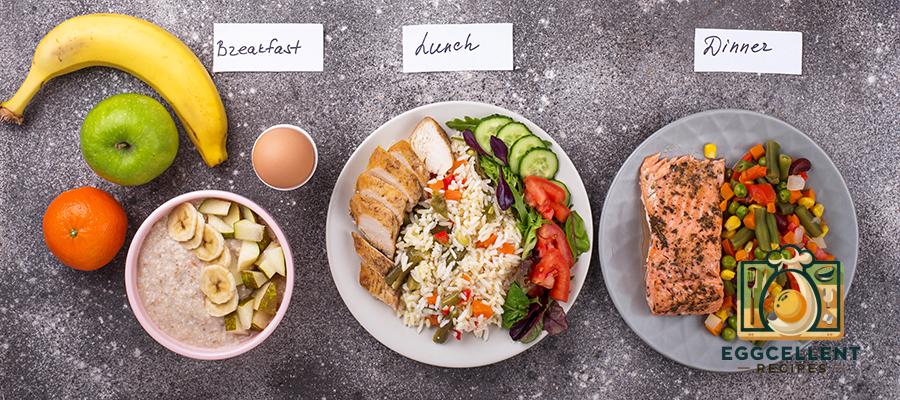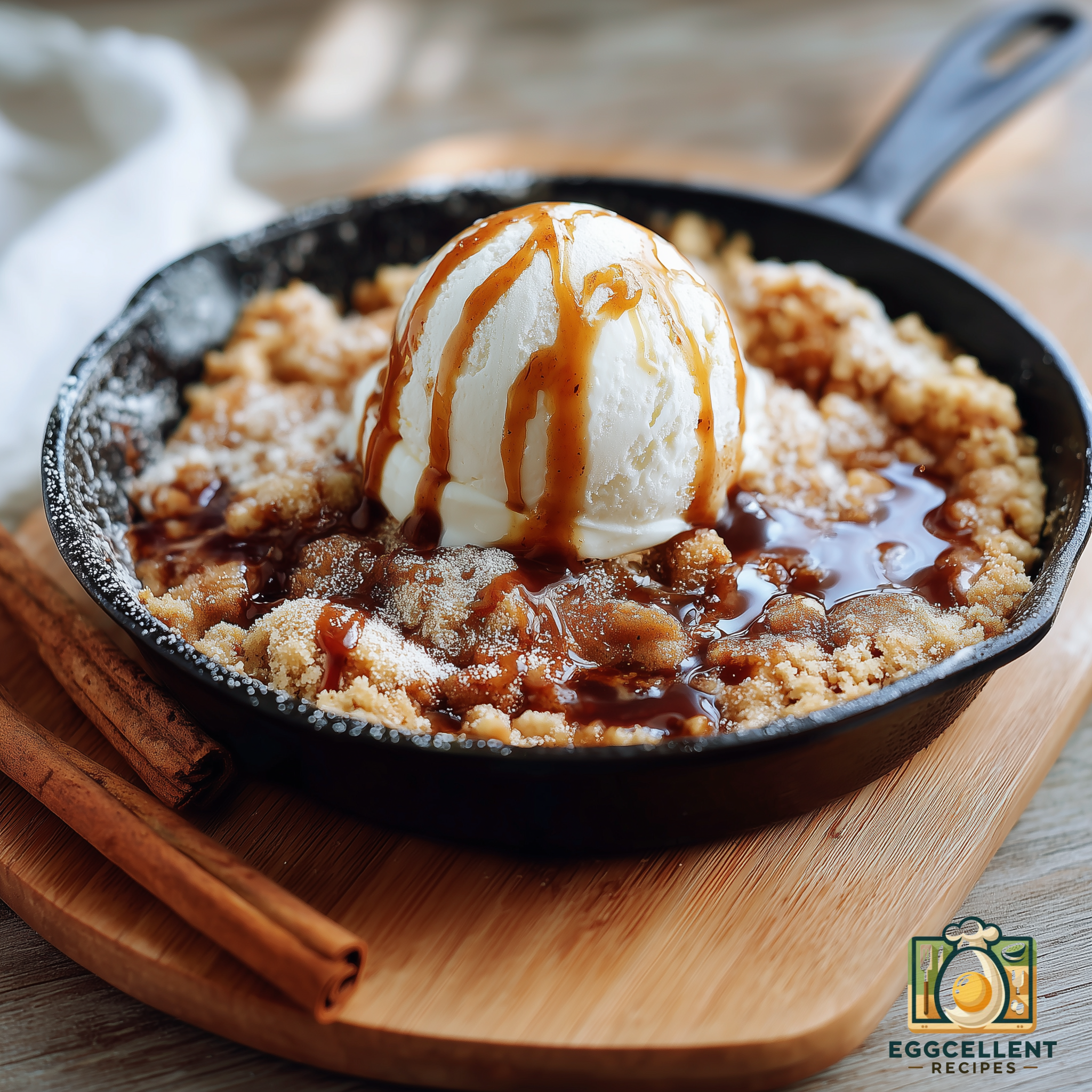 Menopause brings numerous changes to a woman’s body, one of the most common being an increase in abdominal fat, often referred to as a “menopausal belly.” This can be frustrating, but with the right approach, it’s possible to manage and reduce belly fat. Here’s a guide to understanding the causes and strategies for getting rid of menopausal belly fat.
Menopause brings numerous changes to a woman’s body, one of the most common being an increase in abdominal fat, often referred to as a “menopausal belly.” This can be frustrating, but with the right approach, it’s possible to manage and reduce belly fat. Here’s a guide to understanding the causes and strategies for getting rid of menopausal belly fat.
Why Does Menopausal Belly Fat Occur?
During menopause, hormonal shifts, particularly a drop in estrogen levels, can lead to weight gain around the midsection. Additionally:
- Slower Metabolism: Age-related metabolic decline means fewer calories are burned at rest.
- Insulin Resistance: Hormonal changes may affect how the body processes sugar, leading to fat storage.
- Stress: Increased cortisol from stress can promote fat accumulation in the abdominal area.
- Loss of Muscle Mass: Muscle naturally decreases with age, which further reduces calorie-burning capacity.
Dietary Tips for Reducing Menopausal Belly

Your diet plays a crucial role in managing weight during menopause. Here are some key strategies:
- Prioritize Protein
Protein helps preserve muscle mass and keeps you feeling full longer. Include lean meats, fish, eggs, tofu, and legumes in your meals. - Increase Fiber Intake
High-fiber foods like fruits, vegetables, whole grains, and seeds help regulate digestion and curb cravings. - Avoid Sugary and Processed Foods
Minimize added sugars and refined carbohydrates, which can spike blood sugar levels and promote fat storage. - Include Healthy Fats
Add foods like avocados, nuts, seeds, and olive oil for satiety and heart health. - Limit Alcohol
Alcohol is high in empty calories and can contribute to fat accumulation around the waist. - Stay Hydrated
Drinking water aids digestion and can help reduce bloating.
Exercise Tips to Target Belly Fat

While spot reduction isn’t possible, a combination of cardio, strength training, and core exercises can help:
- Cardio Workouts
Activities like walking, jogging, cycling, and swimming burn calories and boost metabolism. Aim for at least 150 minutes per week. - Strength Training
Building muscle increases metabolism. Incorporate weightlifting, resistance bands, or bodyweight exercises twice a week. - Core Strengthening
Planks, Pilates, and yoga strengthen abdominal muscles, improve posture, and reduce the appearance of belly fat. - High-Intensity Interval Training (HIIT)
HIIT alternates short bursts of intense activity with rest and is effective for burning fat.
Lifestyle Changes to Support Belly Fat Loss

- Manage Stress
Practice relaxation techniques such as deep breathing, meditation, or yoga to lower cortisol levels. - Get Quality Sleep
Poor sleep can disrupt hormones that regulate hunger and fat storage. Aim for 7-8 hours of sleep per night. - Stay Consistent
Weight management requires long-term consistency. Focus on sustainable lifestyle changes rather than quick fixes. - Monitor Portion Sizes
Overeating healthy foods can still lead to weight gain. Be mindful of serving sizes. - Consult a Healthcare Provider
If menopausal belly fat persists, consider speaking with a doctor or dietitian for personalized guidance.
Supplements That May Help

While food is the primary source of nutrients, some supplements may support your efforts:
- Vitamin D: Helps maintain muscle and bone health.
- Calcium: Essential for bone health, which is crucial during menopause.
- Probiotics: Support gut health and reduce bloating.
- Omega-3 Fatty Acids: Found in fish oil, these can help reduce inflammation and improve metabolism.
The Bottom Line
Menopausal belly fat is a common but manageable issue. By focusing on a balanced diet, regular exercise, and healthy lifestyle habits, you can reduce abdominal fat and improve overall well-being. Remember, patience and consistency are key.
Embrace this phase of life with a proactive approach to health, and your efforts will pay off in the long run.






